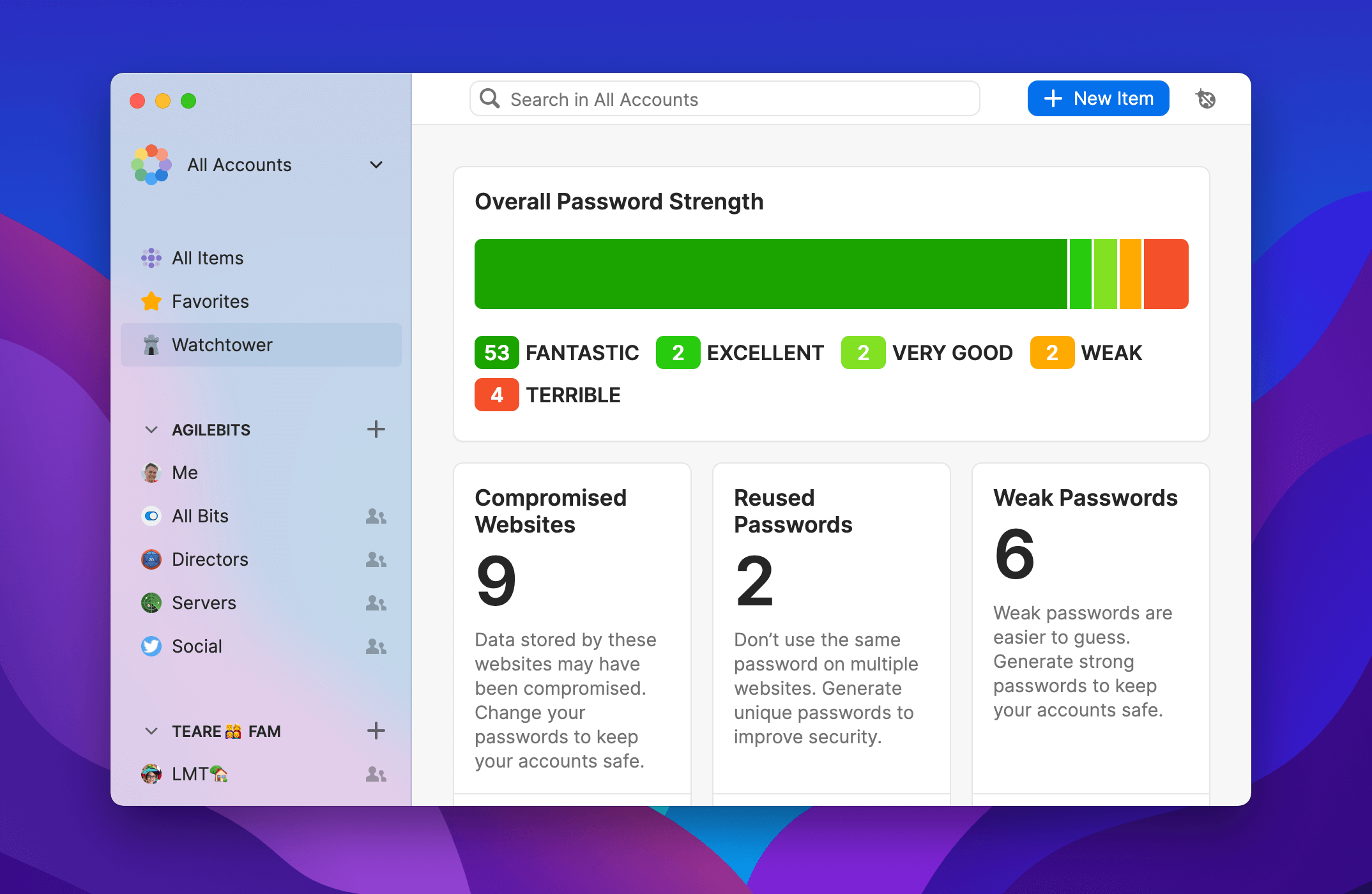

Microsoft Edge will suggest strong passwords and, if you choose to use them, they’ll be saved and filled automatically next time.

When you sign in to any website on the Edge browser, Microsoft will offer to save the password in its database. Microsoft is right up there with Google to offer a built-in password management tool in the Edge browser. All of this is done automatically without any need for user intervention. Google says that the Chrome browser receives a security update every six weeks and in case of ‘critical’ bugs, a fix is delivered within 24 hours. Speaking of security, Chrome regularly checks your passwords to keep them safe from data breaches and other security issues. By default, Google doesn’t recommend it but notes that if it is required by the website, Chrome Password Manager will generate the password accordingly. Some websites require you to use a special character ($, #, &) in the password. Google also offers a password generation tool. So it covers Windows, Mac, Android, iOS, and Linux platforms. If you are using Google Chrome as your go-to web browser on mobile and desktop, Chrome’s built-in password manager is a good place to start.Ĭhrome Password Manager depends on the Chrome browser to deliver password manager which means it will work on every device that supports Chrome. Google, Apple, Microsoft, and Firefox offer a built-in password management tool for a seamless web-browsing experience in their respective browsers.


 0 kommentar(er)
0 kommentar(er)
